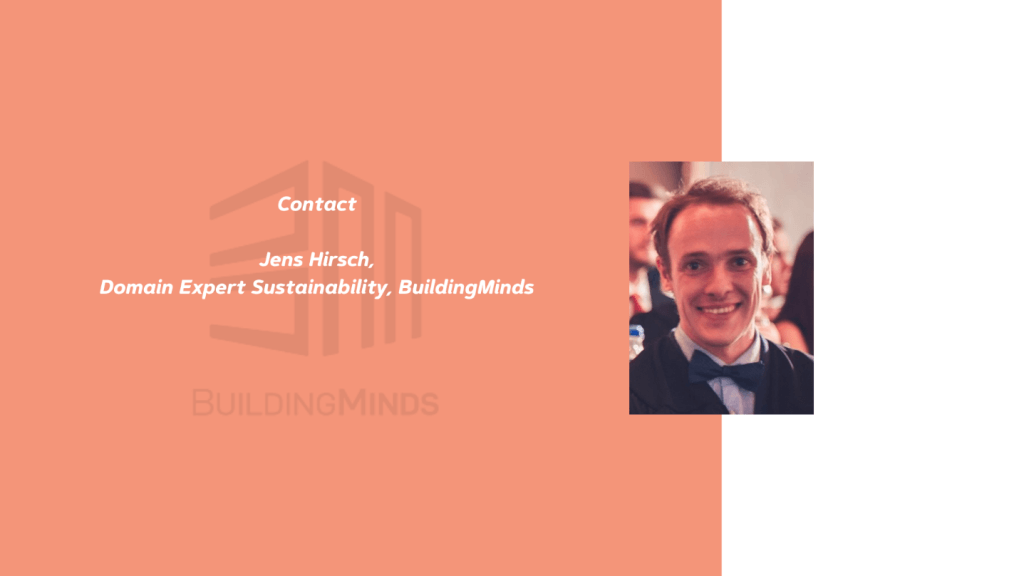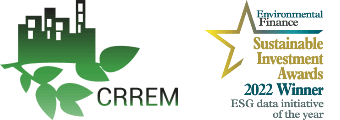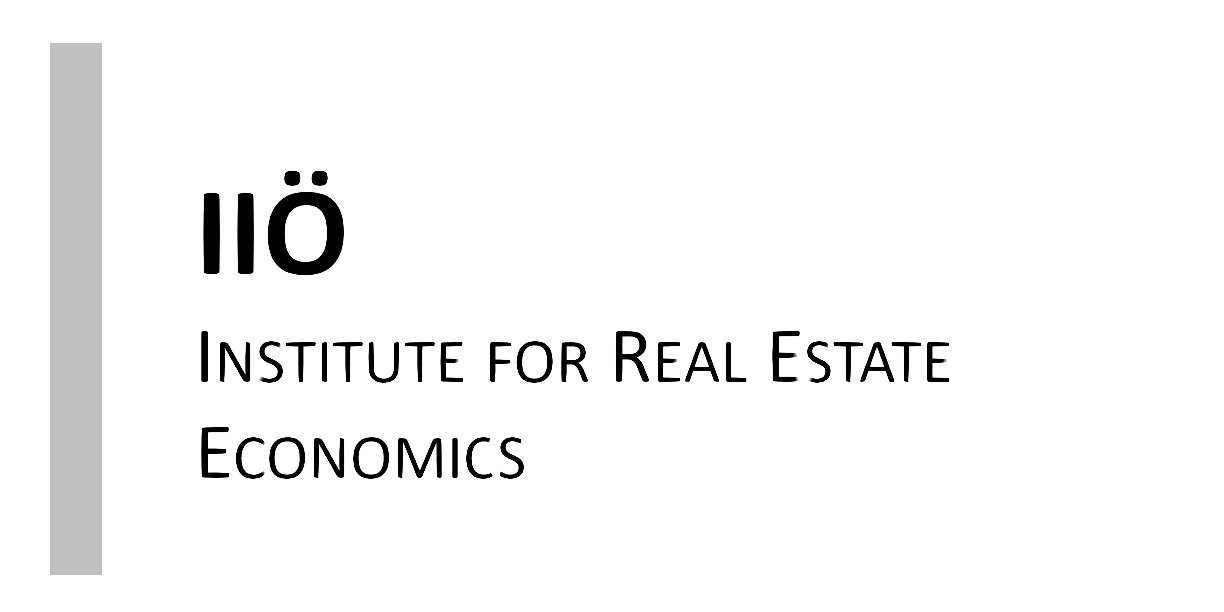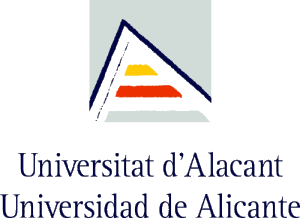Intreal International Real Estate Kapitalverwaltungsgesellschaft mbH
INTREAL was founded in 2009 and is the first Service KVG (capital investment company) to focus exclusively on the setup and management of regulated real estate funds for third parties in accordance with the European AIFM Directive in Germany and Europe. All the possibilities of a real estate management company (KVG) can be applied by using our platform – impartially, quickly and efficiently, and without conflicts of interests. This allows our partners to launch funds without having to set up their own management company.
INTREAL ensures full compliance with all legal and regulatory requirements for the operation and administration of a KVG and its funds. Furthermore, new or existing real estate management companies can outsource their back-office functions to INTREAL. With more than 370 employees and based in Germany, the INTREAL Group draws on many years of real estate experience as well as detailed and highly professional fund administration expertise. INTREAL own 1,930 properties with over 46 bn. EUR Assets under Administration.
INTREAL launches and administers all real estate fund vehicles approved by the German Capital Investment Act (KAGB), as well as a full range of investment vehicles under Luxembourg law. These include all open-end and closed end real estate funds (public funds, special funds) approved for real estate, as well as contribution funds, club deals, and individual single-asset structures.
OBJECTIVES
The main obstacle for real estate investment firms in terms of ESG-related risk management is the economic evaluation of transitory risks for the held assets. Therefore, we aim at modelling various impact mechanisms such as CO2 costs, risk premia etc. for the administrated properties. Essentially, investment firms are obliged by their mandate to translate the notional term transitory risk into concrete financial performance impact on the fund vehicle. With regard to this obstacle, a sound modelling framework to quantify the impact of decarbonization necessities on the financial performance is crucial for the professional administration of third-party investor funds.
In this context, CRREM enables us to compare property CO2e emissions with scientifically-backed reduction targets. Furthermore, the modelling framework eventually enables us to communicate potential threats as well as chances to other business units to support strategic decisions.
EXPERIENCE
The CRREM modelling methodology represents the indispensable starting point to our transitory risk management implementation. We do not necessarily limit our applied risk management to the excel tool provided by the platform, but we use the underlying logic of the modelling framework to integrate the calculation of the tool for our own fund vehicle management purposes. Therefore, we combine the economic nature of our administrated fund vehicles (such as a given fund vehicle lifespan as well as known target running yields) with CRREM tool outputs to compare and match the funds’ targets with the tool’s outputs. We therefore adjusted the tool outputs as described above to generate fund-specific indicators, without changing the scientific underlying of the model. In sum, we see the actual construction of the underlying calculation logic as the main intellectual but also practical benefit of the tool.
TAKE-AWAYS & LESSONS-LEARNED
The CRREM modelling framework enabled us to implement a comprehensive risk management process for the ESG-related issues of our administrated fund vehicles. This applies to the transaction of properties as well as the regular reporting. Since ESG-related risk management is a relatively young discipline for the real estate industry, the thoroughly developed modelling background has helped us to communicate the risk exposure of the properties across different internal as well as external stakeholders.
We are still in a process of understanding the different interests across business units like asset and portfolio management as well as investors with regard to the take-aways of the CRREM analysis and portfolio management implications.
REPORTING & DISCLOSURE
Given the open-source nature of CRREM, it is a valuable tool to use for our own reporting standards from a very practical point of view. Since commercial, external tools are usually not available as open-source and thus adjustable for our own reporting formats, we can use CRREM as an easy to integrate tool in our existing reporting landscape.
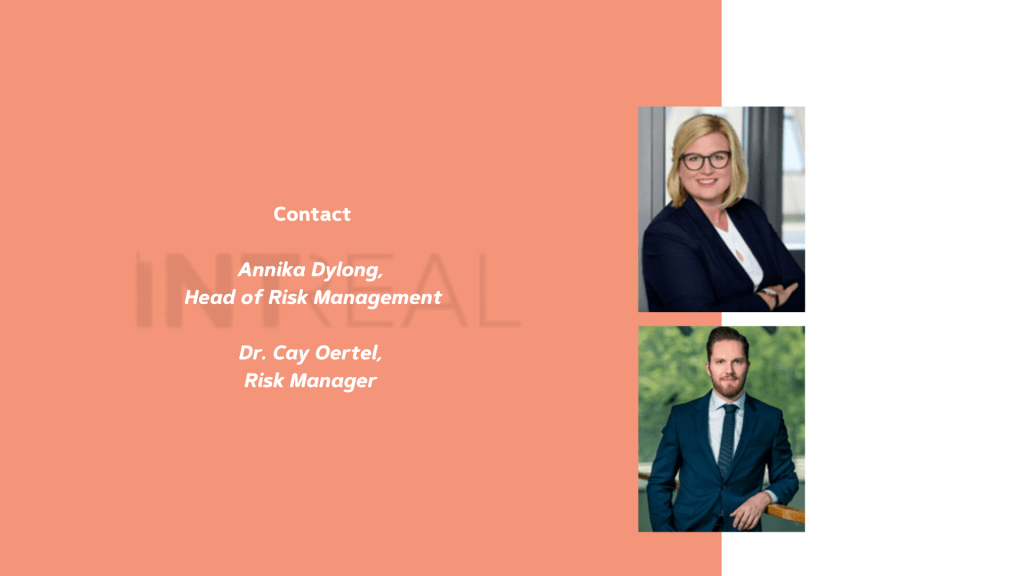
VGP is a pan-European developer, manager and owner of high-quality logistics and semi-industrial real estate.
VGP seeks to continuously optimize buildings in accordance with the demands of the market and the latest technological innovations. Energy efficiency and sustainability are among the top priorities. VGP knows that it is possible to build, redevelop, renovate and transform logistics properties in a sustainable and technologically advanced way. This is beneficial to both the environment and the wellbeing of the people who work at our locations. VGP and Allianz Real Estate set a joint venture with a target GAV (Gross Asset Value) of EUR 1.7 billion.
OBJECTIVES
VGP is a developer and long-term owner of logistics and semi-industrial real estate and committed to achieving carbon neutrality for its own operations by 2025. With regards to the portfolio, good cooperation with tenants is a critical part of the success in improving the environmental standards as the Group is determined to continue to work towards more sustainable and resilient real estate portfolio. VGP considers using CRREM benchmark energy and CO2 reduction pathways for measuring transitional risks and setting emission reduction targets for its real estate portfolio.
EXPERIENCE
Over the last few months, we have been working with the CRREM tool to analyse and fine-tune logistic-specific pathways particularly in order to reflect the subsector specifics (e.g., different energy consumption profiles for light industrial users versus ecommerce fulfilment versus ‘straightforward’ warehousing versus cooling facilities, etc.). Our plan is to ultimately adopt the CRREM tool in order to be able to identify and separate the stranded versus non-stranded assets for the coming years in order to ensure our portfolio remains compliant with the 1.50C GHG pathway. We have assessed different target-setting options using the CRREM pathways and also consider pathways from other sources and providers. Although further work remains, particularly in order to reflect the subsector specifics, we believe that CRREM provides a good reference framework for setting emission reduction targets for our real estate portfolio.
TAKE-AWAYS & LESSONS-LEARNED
We believe that, once the logistics subsector specifics are well defined within the asset specification characteristics, CRREM provides a very useful tool for target setting purposes. With a high degree of renewable energy sources, the average portfolio performance significantly improves and it becomes visible that, by working with various scenarios of renewable energy generation investments (solar roof projects), the climate improvement measures within the portfolio can be meaningfully addressed. Whilst the tool also offers an analysis of positive effects of general refurbishing it has so far proven difficult to translate the preliminary findings from using the CRREM tool into identifiable and effective property investments as typically the means to improve energy consumption patterns are too situation-specific to be addressed through general capex assumptions. This is amplified by the relatively young age of our buildings (3.9 years on average) and therefore relatively up-to-date sustainable quality standard.
REPORTING & DISCLOSURE
The results from CRREM support us in analysing our portfolio performance, identify scenarios and setting of future emission reduction targets for our portfolio which we expect to disclose as part of TCFD reporting.

GPIF (Government Pension Investment Fund)
As a Japanese public pension fund, Government Pension Investment Fund (GPIF) manages the reserve fund for beneficiaries with the mission of securing long-term returns with minimal risk. With approximately US$1.7 trillion currently under management and a globally diversified portfolio, GPIF outsources 100 percent of equity and most of its bond investment to external asset managers. As a universal owner, GPIF is committed to making the capital market sustainable by integrating ESG factors into investment and expecting sustainable returns with a long-term horizon.
OBJECTIVES
For GPIF, as a long-term investor, Climate Risk is one of the inevitable issues. Especially, the real estate sector is exposed to significant climate-related transition risk as governments are likely to impose increasingly stringent regulations on energy use and emissions from buildings to meet their own climate goals. We believe that CRREM is a useful tool for a global investor to understand where the portfolio sits against the pathway that aligns with the Paris Agreement in a globally consistent manner.
EXPERIENCE
GPIF supported the expansion of CRREM to include major global real estate markets outside the EU. (CRREM Phase2)
As a part of the public consultation for CRREM global pathways, we conducted one-on one meeting with Japanese fund/asset managers and asked them those questions, (1) if each regional pathway seems realistic, (2) what could be the difficulties to apply CRREM, (3) if CRREM helps prepare TCFD aligned report, etc. because CRREM has originally developed in Europe and was new to Japanese managers.
TAKE-AWAYS & LESSONS-LEARNED
In the aforementioned one-on one meeting with an advanced manager, we have found that their current carbon intensity and target was closely aligned with the pathway of CRREM. Then we were convinced that the pathways of CRREM were not easy targets but still achievable with realistic efforts.
We also have found that data collection was one of major difficulties to incorporate quantitative analysis on climate risks. It is essential to collect and analyse the data on energy use and CO2 emissions generated from buildings. We expect more fund/asset managers will be encouraged to assess their own portfolios and disclose the result to investors, through which we hope the market as a whole will become more transparent in terms of carbon risk in the long run.
REPORTING & DISCLOSURE
GPIF, declared our support for the recommendations of the Task Force on Climate-related Financial Disclosures (TCFD) in December 2018, expects more fund/asset managers work on Climate Risks and report their current situations in uniformed TCFD aligned manner. We are confident that CRREM is a useful tool for them to perform scenario analysis of transition risks in their TCFD aligned report.
One of our investment managers plans to use the CRREM tool in their Climate Risk analysis and to report to us on the transition risk of the portfolio when the underlying data coverage becomes available.
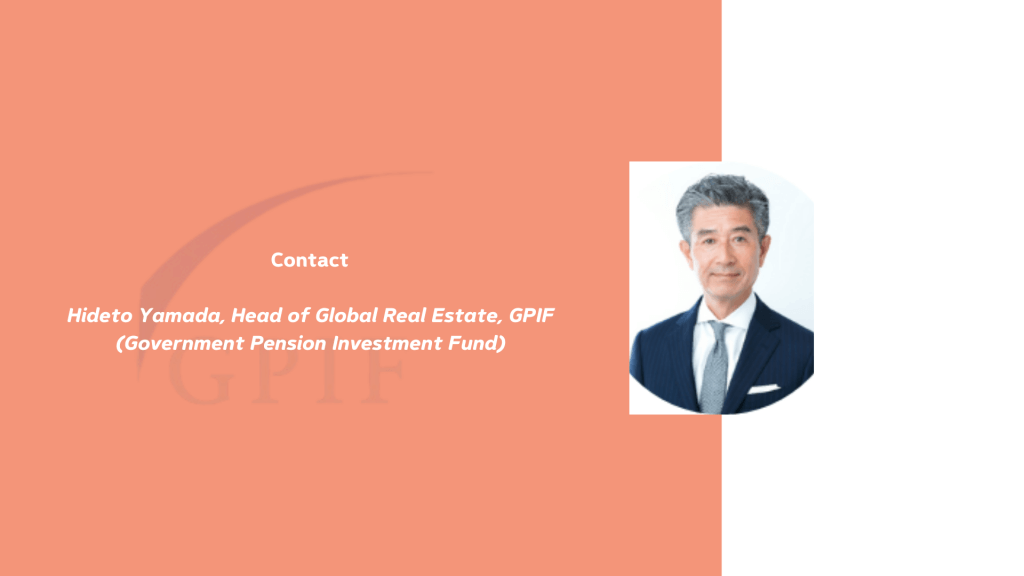
BuildingMinds are creating a software-as-a-service solution consisting of a unique combination of an integrated cloud platform, a Digital Building Twin and data-driven insights. By lifting previously unknown data treasures, BuildingMinds support real estate investment companies and corporates to effectively combine sustainability strategies, people satisfaction goals and profitability KPIs that will future-proof the real estate businesses in a sustainable way.
The CRREM pathways provide clear guidance on the required decarbonization of the real estate sector and led towards an unprecedented level of transparency influencing acquisition decisions as well retrofit planning. Reducing emissions to net zero in less than 30 years might be the most ambitious challenge our entire industry has been facing so far. At the same time, sustainability-related performance indicators of buildings cease just being ‘non-financial KPIs’. As the CRREM project could demonstrate, transition risks are material and linked to a number of entrepreneurial decisions and assumption regarding future buildings’ emissions, carbon prices and abatement costs. This complexity will require a whole new level of transparency, not only at the level of individual assets, but across entire portfolios. In our experience, especially owners of large portfolios depend on digital tools, supporting the assessment of their current sustainability performance, target setting and finally decision making. Complex and dynamic calculation models need to be created, implemented and monitored. The models have to incorporate CO2 emissions, taxation and penalties, compliance aspects, investment planning, the local availability of low-carbon energy sources (geothermal, solar, district heating), retrofit impact analysis, valuation, rental/leasing conditions, transactions, materials, technology etc. When it comes to calculating carbon risks, real estate portfolio managers simply cannot afford to underestimate the effort required to accumulate, collate and evaluate the data they will need. To build a viable data foundation in real estate, data from all sources has to be integrated and processed through a single pane of glass – no matter which ERP software, CRM system, industry applications or customized extensions are used. Thus, any ESG strategy will have to go hand-in-hand with an organizational restructuring and a digitalization strategy. This literally means to digitize as much information as possible – be it ESG-related information or not. But the more digital data a company has gathered, the more crucial it is to structure it in a standardized way and to make it accessible via a centralized data platform in an individually tailored way for each user. Digitization doesn’t mean to put each business unit’s numbers in a digital spreadsheet. A data silo remains a data silo and only breaking these silos will finally create value add. BuildingMinds offers a comprehensive digital building management platform based on the concept of a digital twin (see figure…) and based on the ‘Common Data Model for Real Estate’. This so-called CDM is continuously developed by the international consortium IBPDI[1] with more than 55 member companies and founded by RICS, Microsoft, pom+ and BuildingMinds. A standardized data model will help to overcome another typical situation resulting from the fragmented market for Building Information Systems: Usually a lot of information is gathered during the construction stage or acquisition process (technical as well as sustainability due diligence), but almost all of this information is lost, since the new owner is just not able to handle it because he is using different management systems. What if the entire digital twin (cleared by some business secrets) would be part of a transaction or there would be a digital kind of topping out ceremony or a solemn launch of the digital twin during key delivery? Since a digital twin would be incomplete without transitional climate risks, BuildingMinds has integrated the CRREM methodology as an integral part of its platform, enabling an end-to-end integration from either manual or IoT-based data input, to an automated assessment of carbon footprint, carbon pricing simulation and scenario-based retrofit analytics (see figure below). The transformational achievement of our time will be to consider and manage buildings no longer as static objects but as information ecosystems that build their value on data.
